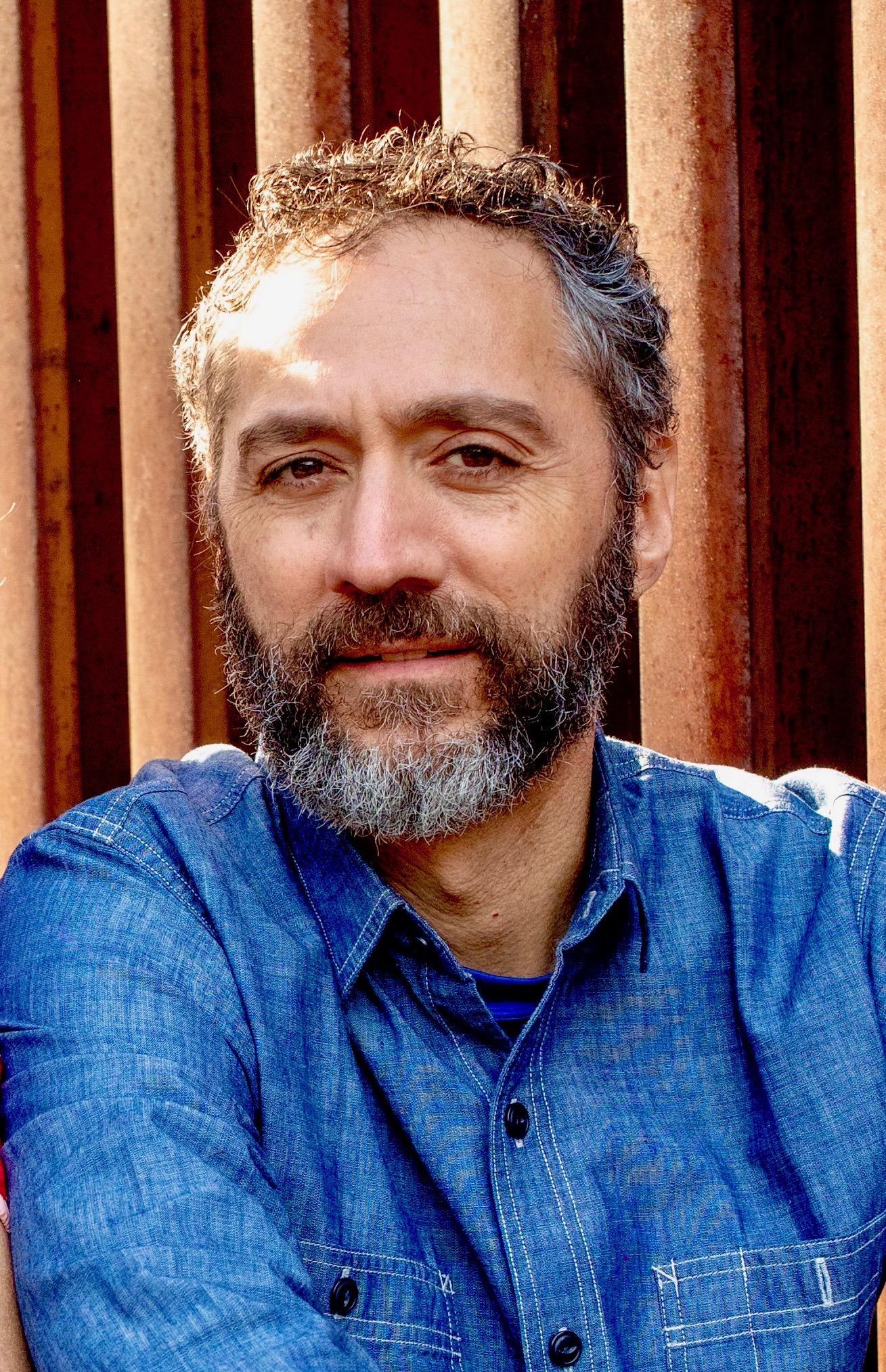I’m in College Station.
Texas A&M country. For a wedding.
It’s home of Kyle Field, the college’s stadium (capacity 110K), “Home of the 12th man.”
The inherent sexism in that phrase doesn’t register with anyone I speak to here.
—
I ask the pastor, with whom I’ve just officiated, if the reading he did from Ephesians, with the implication of women’s inferiority, bothered him. He literally has no idea what I am talking about. The Bible makes it clear that the roles are different—wives submit to husbands while husbands need just love their wives.
The young pastor with the giant Texas A&M gold school ring asks me about becoming a rabbi. “Rabbinical school,” I brag, “Five years, post-graduate work, but you get a hat.”
His ordination came directly from his pentecostal church.
No seminary time to study.
I feel uneasy.
—
A cowboy-hat-wearing guest tells me I misstepped at the end of the ceremony when I invited folk to “shout either Mazel Tov or Yee-ha when the glass is shattered at the end of the ceremony.”
“We Aggies,” he tells me, “don’t yee-ha like the rest of Texas. We whoop.”
Texas A&M is its own type of Texas.
Jim, the police officer whose duty tonight is to make certain that no one drinking gets out of hand, tells me, when I ask him about the whoop, “Whoop has a scoop.”
He explains “It isn’t flat or low, but comes out like a wolf quickly communicating to its pack that there is fresh meat nearby.”
I come from a long line of Jews. People who have been hunted. Their whoop sends shivers down my spine.
—
I’m 9 or 10 years old. I’m fidgeting with a bendable hybrid bug-robot-man with translucent pop-out wings. I’m seated between Mom and Dad and my sister. We are in row G, Rabbi side of the sanctuary. Seth Bernstein, known as the young rabbi, is running Rosh Hashanah Family Services.
I’ll be him one day, but I don’t know it.
As the rabbi clears his throat, dad presses a button on his Casio wrist watch. A tiny beep starts the stopwatch. He times the sermons and records the time and a few words about the subject in the back of his prayer book.
I am not listening to the rabbi. I’m looking at the flashing lights outside. Reflecting in the stained glass windows that face West 83rd.
There are squad cars outside.
Several, I figure, but I can’t be certain.
Rodeph Sholom, a giant, extravagant 1930s Romanesque building, is deliberately on a side street, off of the park so as to be less visible.
Later in life, I will tour the Central Park West facing Spanish/Portuguese synagogue’s safe house room, hidden below the congregation by a false floor panel.
I can see the white circles with the black painted swastikas on each of the cars in my mind.
It is too late for us. We know it.
No one is panicking.
We know what we will do..
We will line up, like we do in school, but this time with our families.
The nazis outside will take us away.
I stare at the flashing lights.
I wonder if I will get to keep my toy.
I know I need to remember this moment for later in life.
To remember this feeling, this story.
So I can tell it to my grandchildren, about the years I lived before the nazis came for us.
Years later, I realized it was probably an ambulance.
—
Generational trauma is real.
—
I gotta say, though, those Aggies sure could dance the horah.
–
With love,
💙rB







